Fine dining to całościowe doświadczenie, na które składa się przede wszystkim wykwintne serwowanie dań skomponowanych z fantazją z wysokiej jakości produktów, ale też luksusowy wystrój lokalu, elegancka, piękna zastawa i obsługa na najwyższym poziomie. Ten trend do polskiej kultury kulinarnej przywędrował z zachodu Europy i inspiruje ją już ponad 10 lat. To pieczołowita dbałość o wykwintność każdego detalu, zarówno na talerzu jak i poza nim.
W restauracjach fine dining porcje mają wymiar degustacyjny i podawane są w obmyślonych sekwencjach, które mają zaskakiwać i zachwycać. To pozwala gościom odbyć podróż w czasie, do historii danego produktu albo – co zdarza się bardzo często, gdy wykorzystywane są właśnie lokalne produkty – do własnych wspomnień kulinarnych z dzieciństwa. Taka degustacja bywa połączona z opowieścią na temat tego, co serwuje szef kuchni. Najlepiej, gdy osobiście opowiada gościom, jaki wysiłek podjął on i jego zespół, aby specyficzne lokalne slow foodowe produkty i składniki znalazły się u nich w kuchni, a potem z jakim pietyzmem zostały przetworzone, by trafić na talerz gości.

źródło: Kamil Kotarski
Polski fine dining a lokalność produktów
W Polsce rozwija się rynek produktów lokalnych, które trafiają do sprzedaży i, co za tym idzie, na nasze talerze, także w restauracjach fine dining. Przestaliśmy się wstydzić polskich produktów, potraw i tradycji. Z sentymentem wspominamy babcine wypieki albo dania naszych mam. Szukamy na własną rękę rolników czy producentów, od których kupujemy warzywa, jaja, nabiał, mięso, zrzeszamy się w kooperatywy spożywcze, odwiedzamy targi, ryneczki, eventy foodowe, kupujemy książki o wegetariańskiej wersji polskiej kuchni czy chodzimy na warsztaty gotowania z pokrzyw. Albo chociaż wybieramy produkty oznaczone etykietą „bio”.
Dlaczego ciągnie nas do lokalnych produktów
Lokalne produkty to te wytwarzane na małą skalę przez producenta, zwykle bardzo znanego i popularnego wśród mieszkańców na danym terenie. Wytworzone są z miejscowych surowców i z dbałością o naturalne środowisko, a także estetycznie zapakowane czy wyeksponowane. Produkowane na niewielka skalę przy wykorzystaniu tradycyjnych, sprawdzonych technik, jak gotowanie, pieczenie, wędzenie, suszenie, duszenie, wyciskanie – bez polepszaczy smaku i chemii, bez produkcji na masową skalę, która jest charakterystyczne dla typowego przemysłu spożywczego. Co wyróżnia je na tle produktów wytwarzanych masowo? Przede wszystkim jakość, która daje wyjątkowy smak, często tradycyjna czy historyczna nazwa oraz ograniczona dostępność. Trzeba wiedzieć gdzie i do kogo się udać, by ich skosztować. Trzeba włożyć trud, by pozyskać je do restauracyjnej kuchni. Najbardziej odróżnia je od masowej produkcji to, że wytwórca jest w stanie dotknąć każdego z produktów, które wypuszcza ze swojej firmy – zadbać o jego jakość, dopieścić. Jego osobiste zaangażowanie i nierzadko jego rodziny (bo często to są rodzinne firmy) to nic innego jak wielkie serce wkładane w cały proces powstawania produktu. To oczywiste, że nas do tego ciągnie.
Tego też szukają szefowie kuchni. Zarówno dla własnego rozwoju w zawodzie, jak i z bardziej komercyjnych pobudek – by zachęcić nas do odwiedzania restauracji.Szefowie kuchni i restauratorzy chętnie sięgają po lokalne produkty. Ich jakość w połączeniu z nowoczesnymi technikami kulinarnymi, takimi jak na przykład popularne teraz gotowanie metodą sous-vide i przy użyciu współczesnych sprzętów, pozwalają osiągnąć najdoskonalsze połączenie nowoczesności z tradycją.
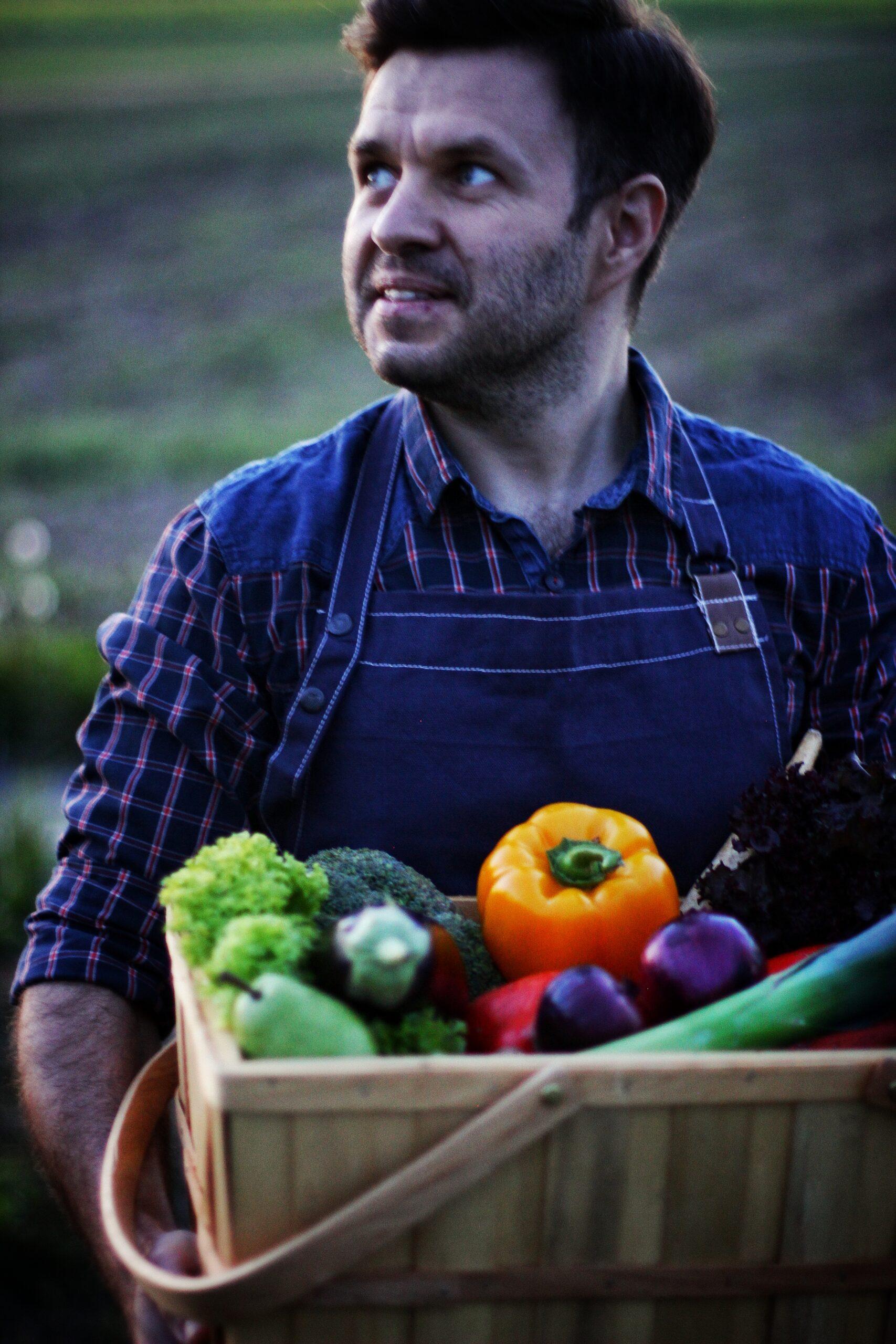
Fot. Kamil Kotarski
Nadszedł czas na renesans lokalności!
W czasie kiedy byliśmy dziećmi, produkty które teraz nazywamy wyjątkowymi z uwagi na swoją lokalność, były na porządku dziennym. Nasze matki i babki robiły sery i nastawiały zsiadłe mleko, a co niedziela było ciasto drożdżowe. Dziadkowie pędzili, wędzili, łowili ryby i zbierali grzyby. To wszystko składało się na lokalność i regionalność naszej kuchni, stworzyło polską tradycję. Jesienią jadło się buraki, ziemniaki i marchew, a wiosną nowalijki, które właśnie wyrosły i jaja, bo kury lepiej się niosły. Tęsknimy do tego i szukamy tego w restauracjach czy na wydarzeniach związanych z kuchnią. A szefowie kuchni i właściciele restauracji, często niemałym trudem, zdobywają dla nas te produkty lub sami zakładają ogródki przy restauracjach, gdzie uprawiają własne warzywa i zioła. Kiszą i kwaszą owoce i warzywa, peklują, wędzą czy grillują na żywym ogniu… Inspirującym przykładem może być szyneczka z karpia. Tak, szynka, ale nie z mięsa wieprzowego, tylko właśnie przygotowywana na bazie karpia, który jest bardzo zdrową rybą hodowaną w stylu slow foodowym, ponieważ wymaga bardzo wysokiej akwakultury, naturalnego sposobu żywienia i długiego okresu dojrzewania. Mijają minimum 3 lata zanim karp trafia na nasze stoły. Szyneczka jest pozyskiwana z tak wysokiej jakości surowca jakim jest nasz polski królewski karp i wędzona na olchowym dymie przez wiele godzin w niskiej temperaturze, potem ostudzona i wykrojona w plasterki. Podana na przykład z piklowanymi grzybkami, rokitnikiem, octem z czarnego bzu, chałką i kozim twarożkiem może zachwycić i zachęcić gości do tego, byśmy sami odbyli podróż szlakiem kulinarnym w różne regiony Polski w poszukiwaniu takiego typu kraftowych produktów.
Wartością wykorzystania produktów lokalnych w kuchniach restauracji najlepszej klasy jest podtrzymywanie tożsamości kulturowej, której kulinaria są nieodłączną częścią. Kucharzy inspiruje sięganie do dziedzictwa, pokazywanie go na nowo, przetwarzanie na swój sposób. Nam daje to możność zachowania w pamięci smaków, które kojarzą nam się z dawnymi czasami i dzieciństwem. Restauracje fine dining przykładają wielką wagę do jakości produktu, ekologii przy jego produkcji i obróbce, dbają o nasze podniebienia i środowisko naturalne z równą uważnością.

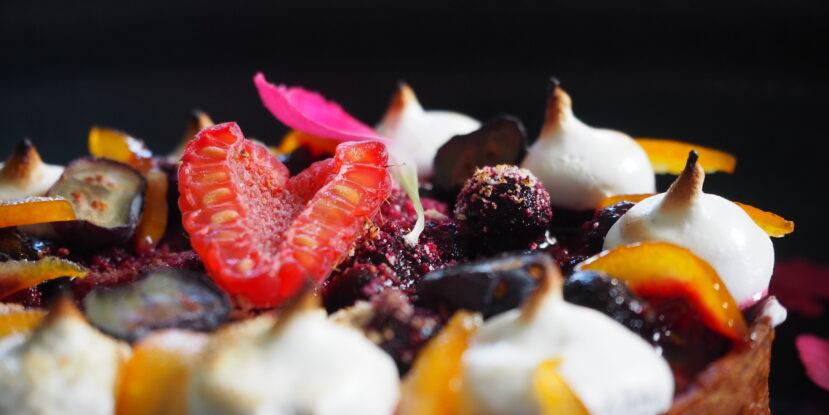
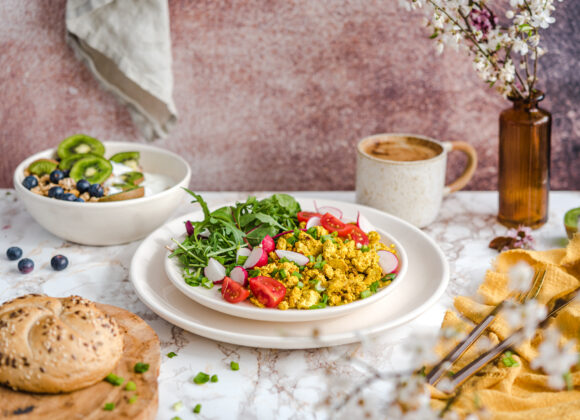

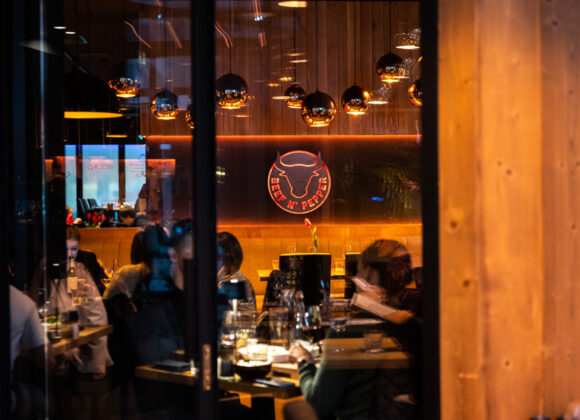
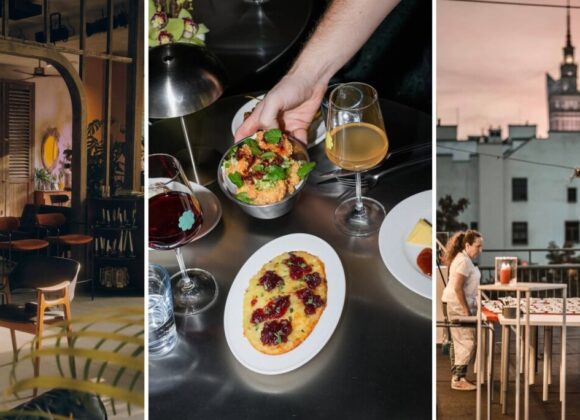
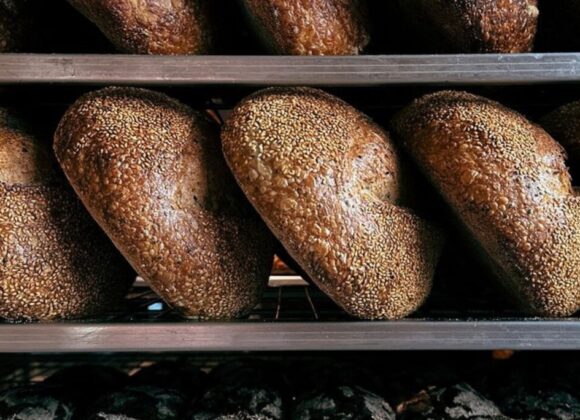



 Młodszy specjalista ds. komunikacji marketingowej i PR.
Młodszy specjalista ds. komunikacji marketingowej i PR.


 Absolwent Uniwersytetu Warszawskiego oraz Szkoły Głównej Gospodarstwa Wiejskiego. W branży HoReCa od ponad 10 lat. Przez lata związany z Grupą Trip, Sobienie Królewskie Golf and Country Club oraz restauracją Florentin w Warszawe.
Absolwent Uniwersytetu Warszawskiego oraz Szkoły Głównej Gospodarstwa Wiejskiego. W branży HoReCa od ponad 10 lat. Przez lata związany z Grupą Trip, Sobienie Królewskie Golf and Country Club oraz restauracją Florentin w Warszawe. Absolwentka Wydziału Architektury Politechniki Warszawskiej na kierunku Architecture for Society of Knowledge oraz Komunikacji Wizualnej na Politecnico di Milano. Specjalistka od budowania nastroju. Doświadczenie zdobywała w kraju i zagranicą podczas licznych warsztatów międzynarodowych (Sevilla, Lizbona, Florencja), stypendium na La Sapienza (Rzym) oraz pracując m.in. w Carmi e Ubertis i ADM Milano.
Absolwentka Wydziału Architektury Politechniki Warszawskiej na kierunku Architecture for Society of Knowledge oraz Komunikacji Wizualnej na Politecnico di Milano. Specjalistka od budowania nastroju. Doświadczenie zdobywała w kraju i zagranicą podczas licznych warsztatów międzynarodowych (Sevilla, Lizbona, Florencja), stypendium na La Sapienza (Rzym) oraz pracując m.in. w Carmi e Ubertis i ADM Milano.








 Menedżer z wieloletnim doświadczeniem w branżach kosmetycznej, spożywczej, dziecięcej. W trakcie swojej kariery związany z firmami takimi jak: L’Oreal, Samsung, Danone-Nutricia, Unilever. W ciągu swojego życia zawodowego odpowiadał między innymi za rozwój sprzedaży i contentu eCommerce w Polsce i krajach Europy Środkowo-Wschodniej.
Menedżer z wieloletnim doświadczeniem w branżach kosmetycznej, spożywczej, dziecięcej. W trakcie swojej kariery związany z firmami takimi jak: L’Oreal, Samsung, Danone-Nutricia, Unilever. W ciągu swojego życia zawodowego odpowiadał między innymi za rozwój sprzedaży i contentu eCommerce w Polsce i krajach Europy Środkowo-Wschodniej. 

























































